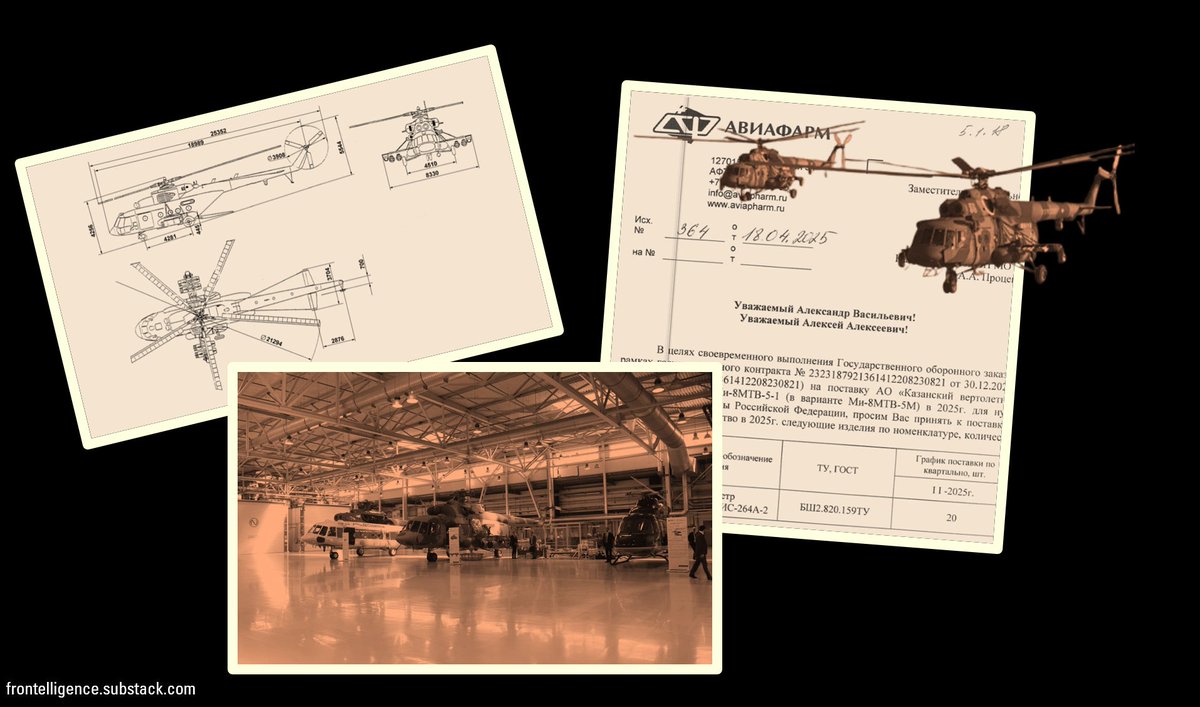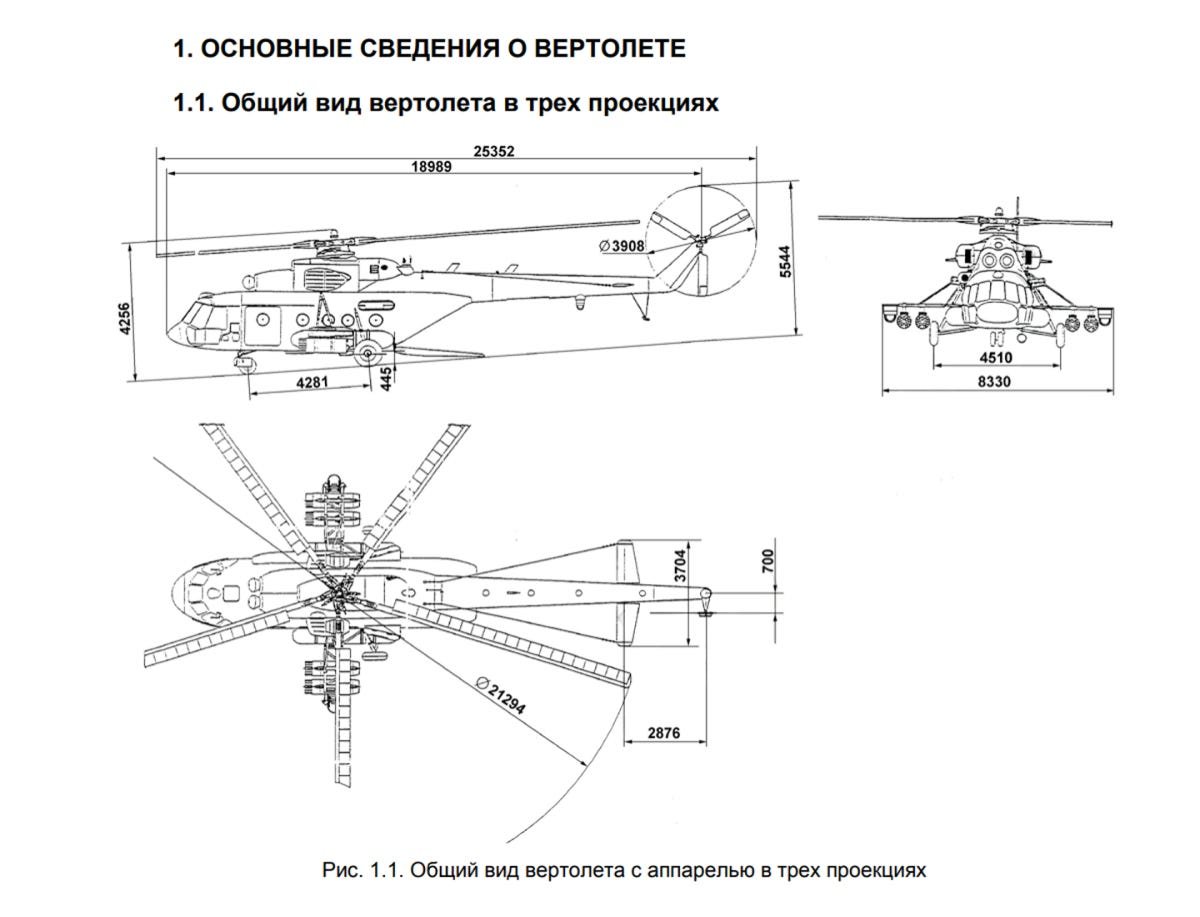The Frontelligence Insight assesses that Russia is very close to launching the new railroad line between Burne and Malovodne (Donetsk Oblast), likely within weeks or days. The satellite imagery confirms limited train movement
Before proceeding, please like and share
Thread🧵:
Before proceeding, please like and share
Thread🧵:

2/ The construction of an 80km railroad in Donetsk Oblast, approximately initiated around June 2023, aimed to establish a direct link between occupied southern Ukraine and the rest of Russia as a partial alternative to the Crimean Bridge. 

3/ According to Mariupol mayoral advisor Petro Andriushchenko's statement on May 8th, operations are expected to commence by late May or early June. Additionally, in April and early May, three test trains traveled from Volnovakha in Donetsk Oblast to Mariupol's port and back. 

4/ Based on mid-resolution imagery, it's evident that on May 24th, at least one train was traveling on the new railroad. With the aid of satellite imagery captured with a time gap, we confirmed that the train was in motion and not static. 

5/ The current resolution does not allow us to determine whether it was another "test" train or if it's a train involved in railroad construction. However, based on other high-resolution imagery, we assume that this is the very final stage before its launch 

6/ Our team assesses that this new railroad would suffice to supply the region even if the Crimean Bridge is destroyed. Additionally, the railroad reduces travel time from Russia. For more details on the impact and deeper assessment, refer to our latest report on our website
7/ Thank you for reading. You can aid us with visibility by liking and sharing the opening message of the thread. You can also help with small donations or opt for a premium subscription to access more exclusive materials.
buymeacoffee.com/frontelligence
buymeacoffee.com/frontelligence
• • •
Missing some Tweet in this thread? You can try to
force a refresh














